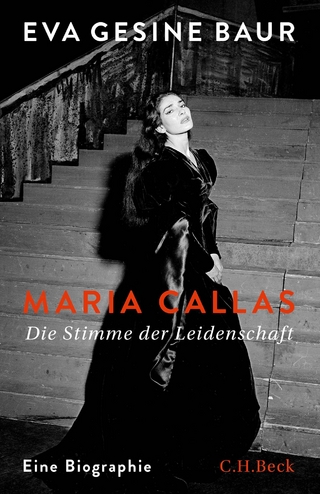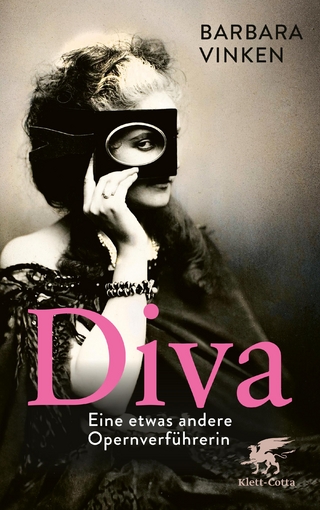
Music and Culture in the Middle Ages and Beyond
Cambridge University Press (Verlag)
978-1-108-79263-9 (ISBN)
It has become widely accepted among musicologists that medieval music is most profitably studied from interdisciplinary perspectives that situate it within broad cultural contexts. The origins of this consensus lie in a decisive reorientation of the field that began approximately four decades ago. For much of the twentieth century, research on medieval music had focused on the discovery and evaluation of musical and theoretical sources. The 1970s and 1980s, by contrast, witnessed calls for broader methodologies and more fully contextual approaches that in turn anticipated the emergence of the so-called 'New Musicology'. The fifteen essays in the present collection explore three interrelated areas of inquiry that proved particularly significant: the liturgy, sources (musical and archival), and musical symbolism. In so doing, these essays not only acknowledge past achievements but also illustrate how this broad, interdisciplinary approach remains a source for scholarly innovation.
Benjamin Brand received his PhD from Yale University, Connecticut and has taught music history at the University of North Texas since 2006. He is the recipient of fellowships from the Villa I Tatti (Harvard Center for Renaissance Studies) and the American Academy in Rome. David J. Rothenberg received his PhD from Yale University, Connecticut and is Associate Professor of Music and Chair of the Department of Music at Case Western Reserve University, Ohio, where he has taught since 2005. He is author of The Flower of Paradise: Marian Devotion and Secular Song in Medieval and Renaissance Music (2011) and co-editor, with Robert R. Holzer, of the Oxford Anthology of Western Music, Volume One: The Earliest Notations to the Early Eighteenth Century (2013).
Introduction Benjamin Brand and David J. Rothenberg; 1. Music and liturgy in medieval Capua Thomas Forrest Kelly; 2. Theory meets practice: the model antiphon series Primum quaerite in Hucbald's Office In plateis and in other post-Carolingian chant Barbara Haggh-Huglo; 3. Singing from the pulpit: polyphonic improvisation and public ritual in medieval Tuscany Benjamin Brand; 4. Liturgy and politics in Renaissance Florence: the creation of the 1526 Office for St Zenobius Marica S. Tacconi; 5. Music and pageantry in the formation of Hispano-Christian identity: the Feast of St Hippolytus in sixteenth-century Mexico City Lorenza Candelaria; Part II. Archival and Source Studies: 6. The sources and the sanctorale: dating by the decade in thirteenth-century Paris Rebecca A. Baltzer; 7. Vernacular contexts for the monophonic motet: notes from a new source Mark Everist; 8. Tradition and innovation in fourteenth-century instrumental music: evidence from archival and musical sources Keith Polk; 9. Melchior or Marchion de Civilibus, prepositus brixiensis: new documents Margaret Bent; 10. Papal musicians at Cambrai in the early fifteenth century Alejandro Enrique Planchart; 11. Sixtus IV, the Franciscans, and the beginning of music printing in fifteenth-century Rome Jane A. Bernstein; Part III. Symbolism: 12. The gate that carries Christ: wordplay and liturgical imagery in a motet from c.1300 David J. Rothenberg; 13. A musical lesson for a king from the Roman de Fauvel Anne Walters Robertson; 14. Preaching to the choir? Obrecht's Motet for the Dedication of the Church M. Jennifer Bloxam; 15. The Madonna triptych: a mystical reading of three early music videos Andrew Tomasello.
| Erscheinungsdatum | 11.02.2020 |
|---|---|
| Zusatzinfo | Worked examples or Exercises; 31 Printed music items; 18 Tables, black and white |
| Verlagsort | Cambridge |
| Sprache | englisch |
| Maße | 170 x 244 mm |
| Gewicht | 600 g |
| Themenwelt | Kunst / Musik / Theater ► Musik ► Klassik / Oper / Musical |
| ISBN-10 | 1-108-79263-4 / 1108792634 |
| ISBN-13 | 978-1-108-79263-9 / 9781108792639 |
| Zustand | Neuware |
| Haben Sie eine Frage zum Produkt? |
aus dem Bereich


